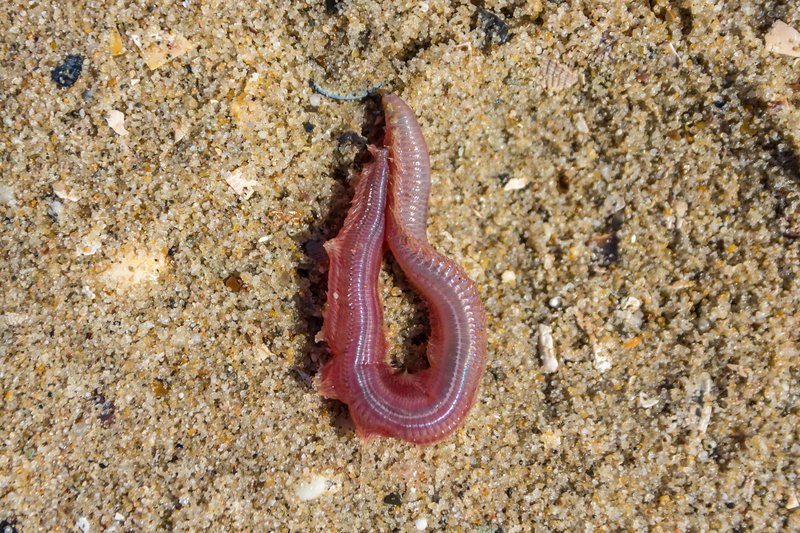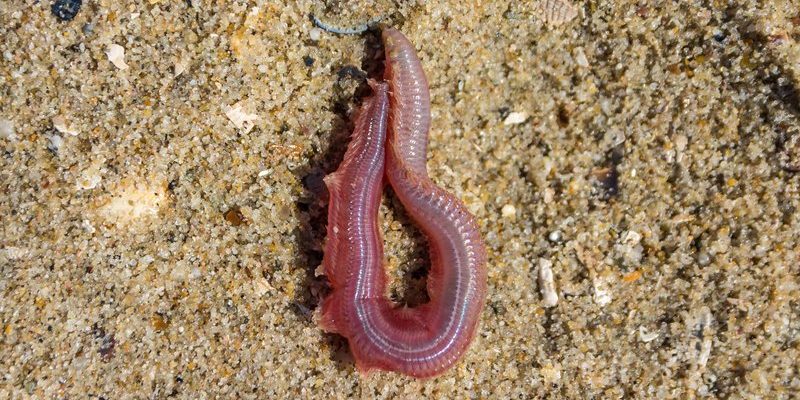
Imagine having a small tank filled with bloodworms that you can observe and learn from, almost like a mini-laboratory right in your home. It might sound intriguing, but you might also be wondering how practical this actually is. Can these little red wigglers really thrive in captivity? What would be involved in raising them? Let’s break it down and see what’s possible.
Understanding Bloodworms
Bloodworms are actually the larvae of a type of marine worm and are primarily found in coastal waters. These slimy, often bright red creatures get their color from hemoglobin, which helps them transport oxygen in low-oxygen environments. They usually measure around 3 to 4 inches long, making them quite noticeable when gathered in large groups.
When bloodworms are in their natural habitat, they burrow into the ocean floor, seeking out organic materials to feast on. This natural behavior is crucial to understand if we’re going to talk about keeping them in captivity. If they don’t have the right environment and diet, you can bet they’ll struggle, and no one wants to see that.
The demand for bloodworms is widespread. They’re popular for fish food and are even used in certain types of research. But how do we transition from their wild habitats to a controlled environment? More importantly, can they thrive in a tank, or is it a recipe for disaster?
Creating the Right Environment
If you’re thinking about raising bloodworms, the first thing you need to consider is their living conditions. Bloodworms thrive in environments similar to their natural habitat. Here’s what you’ll need to set up their ideal home:
- Water Quality: Bloodworms prefer brackish water, which means a mix of salt and fresh water. You might need to invest in a good water testing kit to keep tabs on salinity and pH levels.
- Temperature: Aim for a water temperature between 60 to 70 degrees Fahrenheit. Too hot or too cold, and they’ll start to stress out.
- Substrate: Providing a substrate for burrowing is essential. Sand or fine gravel will give them a place to dig in, mimicking their natural behaviors.
It might sound like a bit of work, but creating this environment is the foundation for your bloodworm project. Think of it like setting up a cozy home for a pet. You wouldn’t want to throw your goldfish in a bowl with just tap water, right? It’s the same principle.
Feeding and Care
Once you’ve got their environment set up, it’s time to think about food. Bloodworms are opportunistic feeders, munching on organic matter, detritus, and microalgae. In captivity, you’ll need to replicate their diet as closely as possible.
You can feed them various foods, such as:
- Commercial fish food
- Fish flakes
- Detritus from the substrate
You might be wondering how to ensure they’re getting enough nutrients. You could always sprinkle in some high-quality fish food while keeping an eye on their activity levels. If they’re actively swimming and burrowing, you know you’re on the right track!
Monitoring water quality and cleaning the tank regularly will also help keep your bloodworms healthy. Good maintenance is just as important as feeding. Think of it like cleaning your home—you wouldn’t live in a dirty space, right?
Studying Bloodworm Behavior
One of the exciting aspects of keeping bloodworms is the potential for research. Their behavior can tell us a lot about marine ecosystems and the impacts of changing environments. When kept in captivity, studying their response to different conditions can yield interesting insights.
For instance, you can observe how they react to changes in temperature, salinity, and food availability. By carefully documenting their behaviors, you can start to understand their needs better. It’s like being a detective, piecing together clues about their lives.
Moreover, studying their growth rates can help inform aquaculture practices. With the right information, we could learn how to farm them more effectively, potentially providing an abundant, sustainable source of food for aquarists and fishermen alike.
Farming Bloodworms: Is It Feasible?
When it comes to farming bloodworms, the process can be a bit complex, but it’s certainly not impossible. Many commercial operations exist that farm bloodworms, turning them into a profitable business model. Understanding their lifecycle and recreating their ideal conditions is crucial for successful farming.
Here are a few key points to consider if you’re serious about farming bloodworms:
- Lifecycle: Bloodworms go through several stages, including larvae and adult forms. Knowing when to harvest can make a big difference in maximizing your yield.
- Scale: Smaller setups may work for hobbyists, while larger operations will require more sophisticated systems to maintain water quality and temperature.
- Market Demand: Keep an eye on what local fish shops or aquarists are looking for; having a clear understanding of demand will guide how you grow your operation.
While it can be rewarding, farming bloodworms is a commitment. You’ll need to invest time and resources, but the results can be worth it—akin to growing your own vegetables but with a more slippery finish.
Challenges and Considerations
Like any project, raising bloodworms comes with its share of challenges. Between maintaining the right environment, ensuring proper nutrition, and keeping up with water quality, it can feel overwhelming.
One major hurdle is potential disease. If water quality dips or if they’re not fed properly, bloodworms can become susceptible to various ailments. Regular monitoring and proper maintenance are essential in preventing these issues.
Another consideration is that bloodworms are sensitive to stress. Handling them too often or changing their environment abruptly can lead to undesirable outcomes. Think of bloodworms like a nervous friend—you wouldn’t want to throw them into a chaotic situation.
Ultimately, the key to success lies in patience, observation, and understanding their needs. The more you know, the better your chances of raising a thriving group of bloodworms.
In summary, keeping bloodworms in captivity for study or farming is not just a dream—it’s entirely possible! With the right setup, diet, and maintenance, you can create a thriving environment for these fascinating creatures. Whether you want to study their behavior or consider farming them, remember that it all starts with a solid foundation and proper care.
By understanding bloodworms better, we can contribute to the knowledge about aquatic ecosystems and even provide a sustainable food source for various uses. So, if you’re intrigued by the idea of raising bloodworms, why not dip your toes in? After all, every small project can lead to big discoveries!

